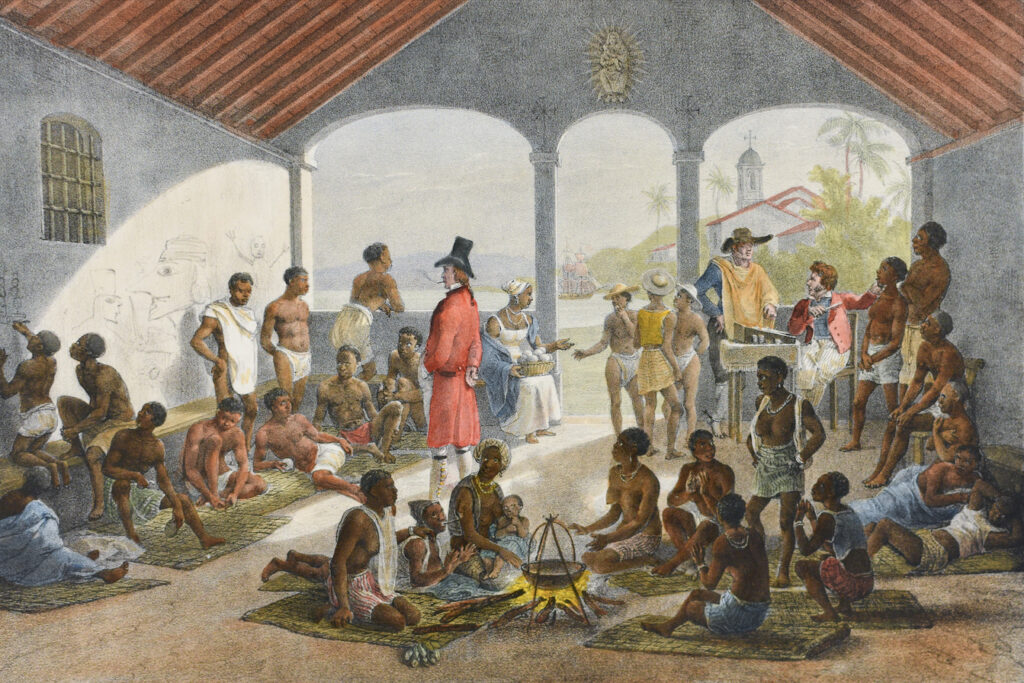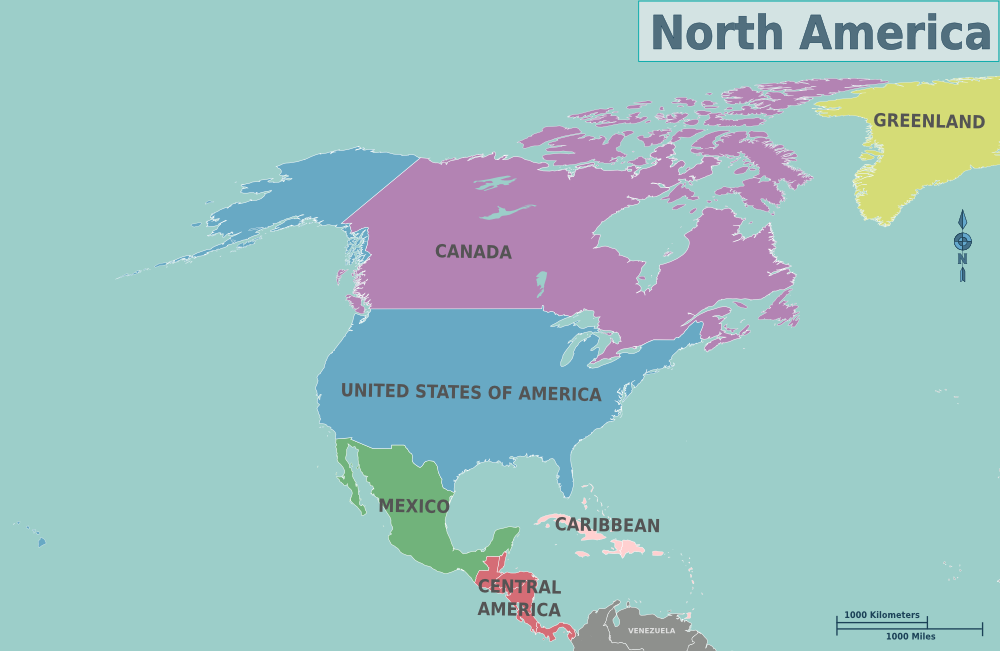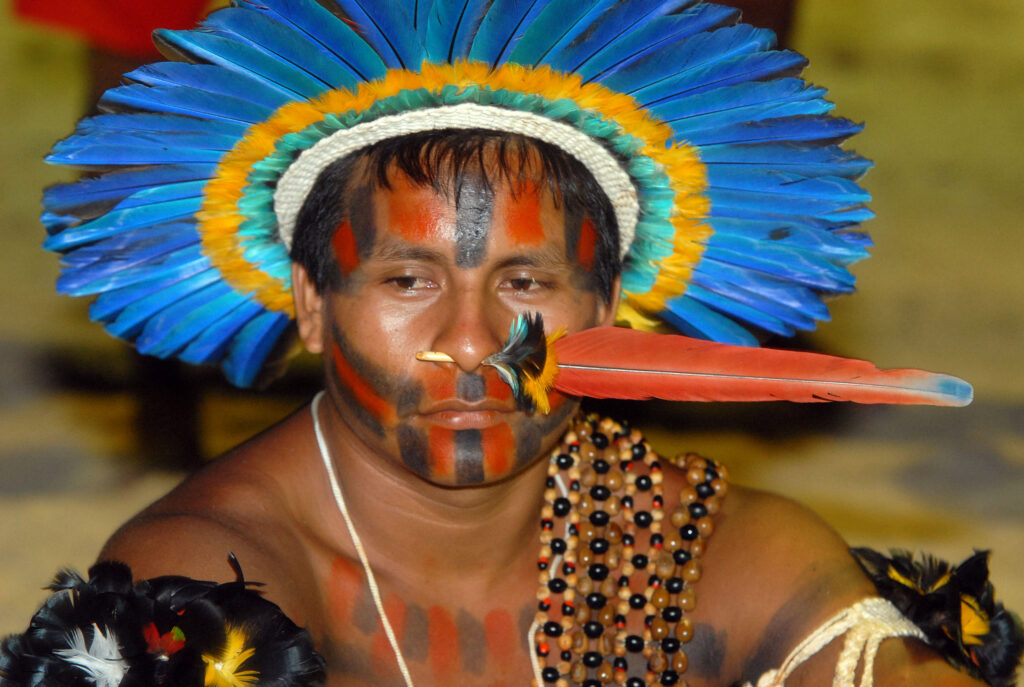The Book of Deuteronomy, the fifth book of the Bible, is a collection of speeches by Moses given to the Israelites before they enter the Promised Land. It reiterates the laws given in previous books and emphasizes the importance of obedience to God. This summary outlines the key events and teachings found in each of the 34 chapters.
Chapter 1: Moses Reviews the Past
Moses begins his first speech by recounting Israel’s journey from Horeb (Mount Sinai) to the borders of Canaan. He reminds the people of their previous disobedience and the resulting 40 years of wandering in the wilderness.
Chapter 2: The Journey Continued
Moses continues to review the journey, highlighting their passage through Edom, Moab, and Ammon, and God’s protection and provision during their travels.
Chapter 3: Defeat of Sihon and Og
Moses recounts the defeat of King Sihon of Heshbon and King Og of Bashan. He emphasizes God’s role in these victories and the distribution of their lands to the tribes of Reuben, Gad, and half of Manasseh.
Chapter 4: Obedience Commanded
Moses urges the Israelites to obey God’s laws to live and prosper in the Promised Land. He reminds them of the importance of keeping God’s covenant and warns against idolatry. Moses designates three cities of refuge east of the Jordan.
Chapter 5: The Ten Commandments
Moses reiterates the Ten Commandments, reminding the Israelites of the covenant made at Mount Sinai. He emphasizes the need to fear and obey God for their well-being.
Chapter 6: Love the Lord Your God
Moses commands the Israelites to love the Lord with all their heart, soul, and strength. He instructs them to teach God’s commands to their children and to remember Him in all aspects of life.
Chapter 7: Driving Out the Nations
Moses instructs the Israelites to completely destroy the inhabitants of Canaan to avoid being led into idolatry. He reassures them of God’s help in conquering the land and warns against intermarriage with the Canaanites.
Chapter 8: Remember the Lord
Moses urges the Israelites to remember God’s provision during their 40 years in the wilderness. He warns them not to forget God when they prosper in the Promised Land and to acknowledge Him as the source of their blessings.
Chapter 9: Not Because of Righteousness
Moses reminds the Israelites that they are entering the Promised Land not because of their righteousness, but because of the wickedness of the Canaanites and God’s promises to the patriarchs. He recounts their rebellious behavior, including the incident of the golden calf.
Chapter 10: Tablets Like the First Ones
Moses recounts the replacement of the broken tablets of the Ten Commandments and the making of the Ark of the Covenant. He emphasizes the importance of fearing and loving God, serving Him with all their heart and soul.
Chapter 11: Love and Obey the Lord
Moses reiterates the blessings of obedience and the curses of disobedience. He urges the Israelites to keep God’s commands and teaches them the significance of setting a blessing on Mount Gerizim and a curse on Mount Ebal.
Chapter 12: The One Place of Worship
Moses instructs the Israelites to destroy all places of idol worship in Canaan and to worship God only at the place He chooses. He outlines the regulations for sacrifices, offerings, and tithes.
Chapter 13: Worshiping Other Gods
Moses warns against false prophets and enticements to worship other gods. He instructs the Israelites to put to death anyone who leads them into idolatry and to destroy any city that turns to idol worship.
Chapter 14: Clean and Unclean Food
Moses reiterates the dietary laws, distinguishing between clean and unclean animals. He also outlines regulations for tithing and reminds the Israelites to be generous to the Levites, foreigners, orphans, and widows.
Chapter 15: The Year for Canceling Debts
Moses commands the cancellation of debts every seven years and urges generosity toward the poor. He also provides regulations for freeing Hebrew slaves and the consecration of firstborn animals.
Chapter 16: The Passover, Feast of Weeks, and Feast of Tabernacles
Moses outlines the observance of the Passover, Feast of Weeks (Pentecost), and Feast of Tabernacles. He emphasizes the importance of celebrating these festivals at the place God chooses and instructs the appointment of judges.
Chapter 17: Worshiping Other Gods and Judicial Decisions
Moses instructs the Israelites to punish idolatry and outlines procedures for difficult legal cases. He also provides guidelines for appointing a king and emphasizes the king’s duty to follow God’s law.
Chapter 18: Offerings for Priests and Levites
Moses outlines the provisions for priests and Levites. He warns against occult practices and promises that God will raise up a prophet like him. He instructs the Israelites to listen to this prophet.
Chapter 19: Cities of Refuge
Moses provides regulations for the establishment of cities of refuge for those who accidentally kill someone. He also outlines laws concerning witnesses and the punishment for false testimony.
Chapter 20: Going to War
Moses gives instructions for warfare, including exemptions from military service and the treatment of cities. He emphasizes the importance of seeking God’s guidance and the humane treatment of captives.
Chapter 21: Atonement for an Unsolved Murder
Moses provides procedures for atoning for an unsolved murder, ensuring the land remains free of blood guilt. He also gives laws concerning captive women, inheritance rights of the firstborn, and the treatment of rebellious children.
Chapter 22: Various Laws
Moses outlines various laws, including those about returning lost property, cross-dressing, and protecting bird nests. He also provides regulations concerning building safety, sexual purity, and marriage violations.
Chapter 23: Exclusion from the Assembly
Moses lists those excluded from the assembly of the Lord, including those with certain physical defects and descendants of forbidden unions. He also gives laws concerning cleanliness in the camp, runaway slaves, and interest on loans.
Chapter 24: Miscellaneous Laws
Moses outlines laws concerning divorce, newlyweds, pledges, and kidnapping. He emphasizes the importance of justice for the poor and vulnerable and provides regulations for fair wages and gleaning.
Chapter 25: Levirate Marriage
Moses provides laws concerning levirate marriage, fair weights and measures, and the punishment of evildoers. He emphasizes the importance of justice and fairness in all dealings.
Chapter 26: Firstfruits and Tithes
Moses instructs the Israelites to bring the firstfruits of their produce to the place of worship and make a declaration of God’s faithfulness. He also outlines the procedure for the third-year tithe, ensuring support for the Levites, foreigners, orphans, and widows.
Chapter 27: The Altar on Mount Ebal
Moses commands the Israelites to set up large stones coated with plaster and write the law on them after crossing the Jordan. He instructs them to build an altar on Mount Ebal and pronounces curses for disobedience.
Chapter 28: Blessings for Obedience, Curses for Disobedience
Moses details the blessings that will come from obeying God’s commands and the curses that will result from disobedience. The blessings include prosperity, protection, and success, while the curses involve defeat, disease, and exile.
Chapter 29: Renewal of the Covenant
Moses renews the covenant with the Israelites, emphasizing their responsibility to follow God’s law. He reminds them of God’s past faithfulness and warns of the consequences of turning away from Him.
Chapter 30: Prosperity After Turning to the Lord
Moses assures the Israelites that if they return to God and obey His commands, He will restore their fortunes and have compassion on them. He emphasizes the choice between life and death, urging them to choose life by loving and obeying God.
Chapter 31: Joshua to Succeed Moses
Moses announces that Joshua will succeed him as leader of the Israelites. He writes down the law and instructs the Levites to place it beside the Ark of the Covenant. Moses and Joshua present themselves before God at the tent of meeting.
Chapter 32: The Song of Moses
Moses recites a song given by God, which serves as a witness against the Israelites if they turn away from Him. The song recounts God’s faithfulness and the consequences of Israel’s future rebellion. Moses urges the people to take the words to heart and teach them to their children.
Chapter 33: Moses Blesses the Tribes
Before his death, Moses blesses the tribes of Israel, pronouncing specific blessings on each tribe. He acknowledges God’s majesty and power and praises His care for Israel.
Chapter 34: The Death of Moses
Moses ascends Mount Nebo, where God shows him the Promised Land. Moses dies there, and God buries him in an unknown grave. The Israelites mourn for thirty days, and Joshua takes over leadership. The chapter concludes by acknowledging Moses as the greatest prophet who knew God face to face.



